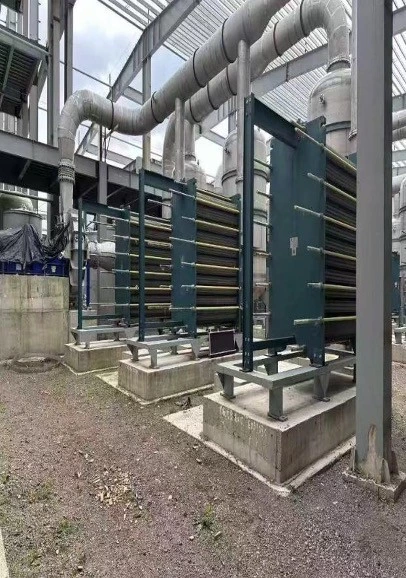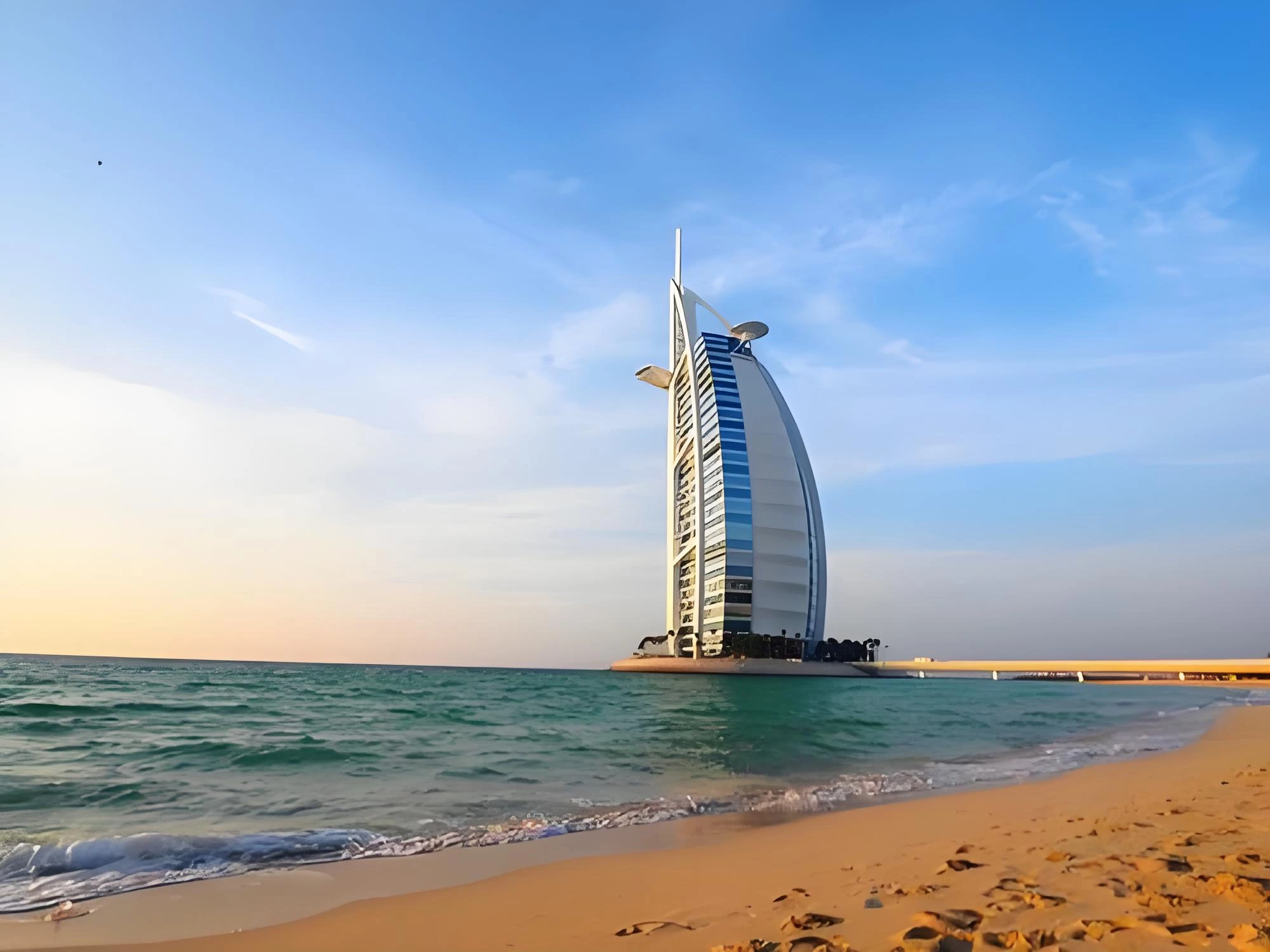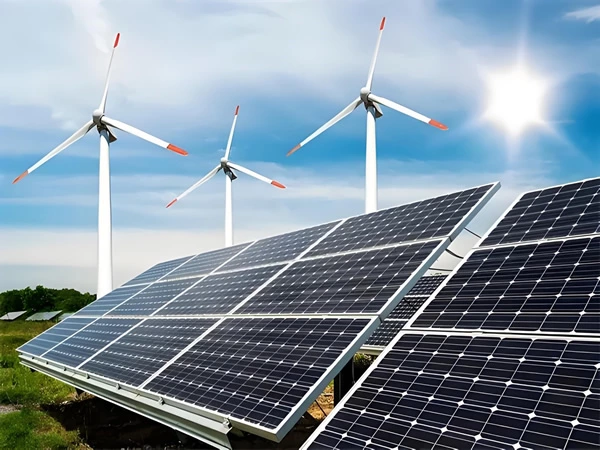
1. System Overview
Type: Mechanical Vapor Recompression (MVR) Three Effect Plate Evaporator
Application: Concentrating citric acid solution to 62% solids content.
Evaporation Capacity: 80 T/H total (4 units × 20 T/H each).
Location: Hungary (customized for local climate/water quality).
Material: 316L stainless steel (corrosion-resistant for citric acid).
2. Key Components & Design Features
MVR Technology:
Energy Efficiency: Reuses secondary steam (compressed via centrifugal compressor) to reduce energy consumption by ~70% compared to traditional evaporators.
Compressor Type: Likely a single-stage centrifugal compressor (suited for 80 T/H capacity).
Three-Effect Design
Multi-Stage Evaporation:
1st Effect: Uses live steam or MVR-compressed vapor.
2nd & 3rd Effects: Reuse latent heat from previous effects, improving thermal efficiency.
Temperature Gradient: Typically 70–90°C per effect (optimized for citric acid’s thermal sensitivity).
Plate Evaporator Configuration
Advantages: Compact, high heat transfer efficiency, easy maintenance.
Plate Material: 316L SS for acid resistance.
3. Performance Parameters
Feed Concentration: ~20–30% citric acid (typical inlet).
Output Concentration: 62% (adjustable via flow rate/steam pressure).
Steam Consumption: ~0.1–0.15 kg steam/kg water evaporated (MVR advantage).
Power Consumption: ~15–25 kWh per ton of evaporated water (compressor + pumps).
4. Material & Corrosion Protection
316L Stainless Steel: Superior resistance to citric acid’s low pH (~2–3).
Gaskets: EPDM or PTFE for acid compatibility.
Surface Finish: Electropolished to minimize scaling/fouling.
5. Customization for Hungary
Climate Adaptation: Insulation for winter operation (if ambient <0°C).
Water Quality: Pretreatment (e.g., softening) to reduce scaling.
Automation: Compliant with EU standards (e.g., CE, PED).
6. Advantages vs. Traditional Evaporators
Energy Savings: MVR reduces operating costs significantly.
Compact Footprint: Plate design saves space vs. shell-and-tube.
Environmentally Friendly: Lower CO₂ emissions due to energy recovery.
7. Typical Workflow
Feed Inlet: Citric acid solution enters preheater.
Evaporation: Sequential concentration through three effects.
Vapor Reuse: Compressor recycles vapor to 1st effect.
Product Outlet: 62% concentrate discharged for further processing.


